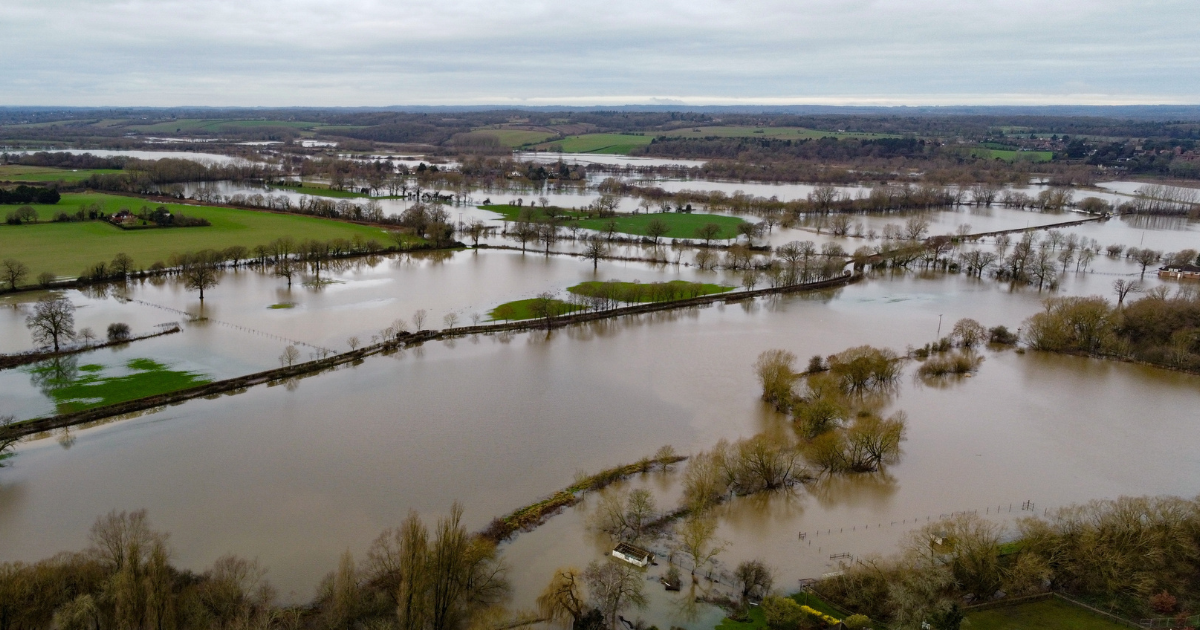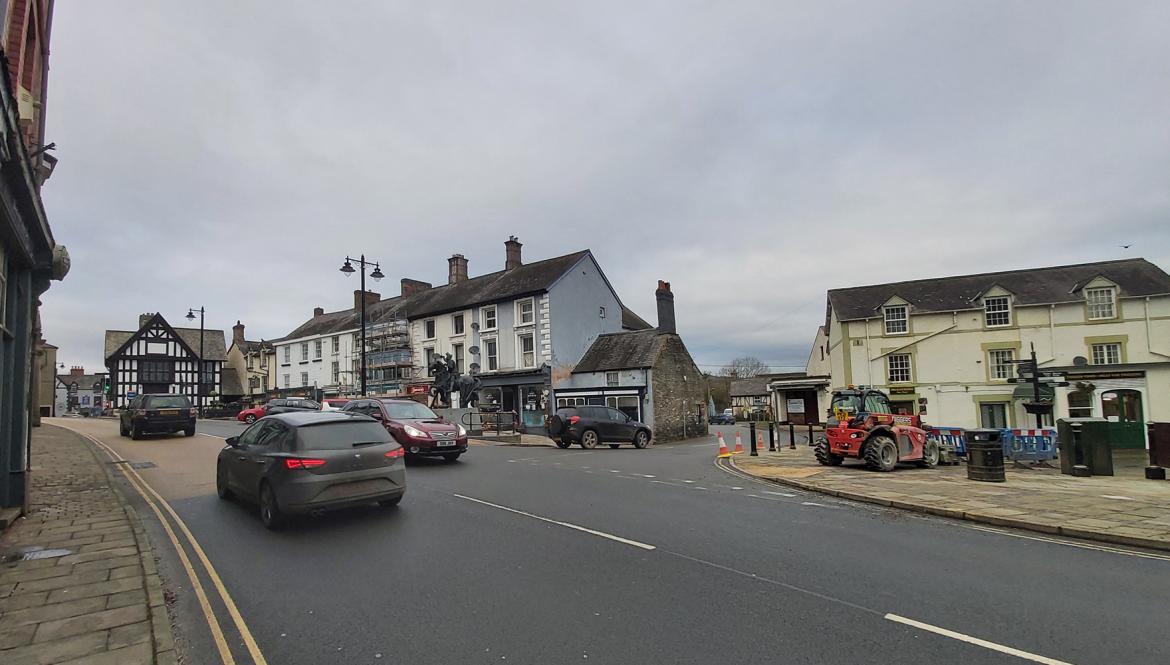A Smarter Approach to Flood Risk? New PPG Changes Unlock Development Opportunities
Flooding remains a significant concern for developers across England, and navigating the planning system's flood risk requirements can be a complex process. However, a recent update to the Planning Practice Guidance (PPG) on flood risk introduces a crucial change that could reduce the policy hoops developers have to jump through, unlocking new opportunities for development in areas at risk of surface water flooding.

What’s Changed?
Traditionally, development proposals in flood-prone areas had to pass the Sequential Test—a tool designed to steer projects to sites with the lowest risk of flooding. This meant proving there were no “reasonably available” alternative sites at lower risk before an application could even be considered. For many schemes, this requirement caused significant delays or outright refusals, even where proposals were otherwise sound.
The new guidance takes a more proportionate approach. The Sequential Test will no longer be required if a site-specific Flood Risk Assessment (FRA) can demonstrate that:
- The proposed design, layout, and mitigation measures will ensure the development is safe from both current and future surface water flood risk over its lifetime.
- The scheme will not increase flood risk elsewhere.
This exemption applies specifically to surface water flood risk (excluding fluvial or tidal flooding), marking a welcome step towards greater flexibility in the planning system.
Why This Matters
- A Shift in Focus: Instead of proving you can’t build elsewhere, developers now need to prove they can build safely on their chosen site.
- Design at the Forefront: Flood Risk Management is no longer just a planning hurdle - it’s a design challenge. Layout, resilience measures, and engineering solutions are more important than ever.
- The Role of a Robust FRA: A strong, site-specific FRA is now the gateway to development. Done well, it can unlock sites that might previously have been considered too risky.
Opportunity for Smarter Development
For developers and landowners, this update represents a significant opportunity. Sites that were previously constrained by surface water flood risk can now move forward - provided proposals are backed by strong design and technical evidence.








